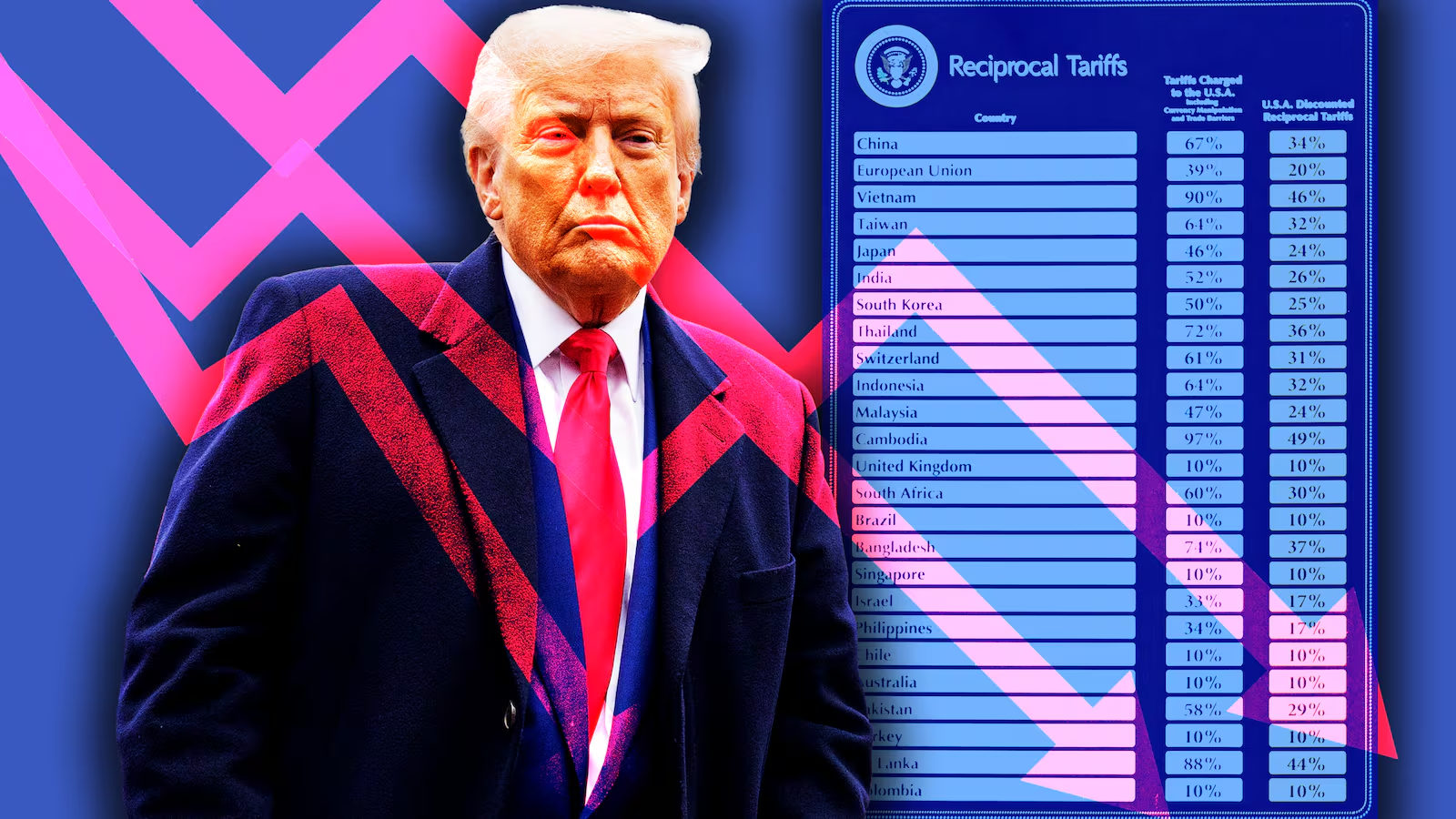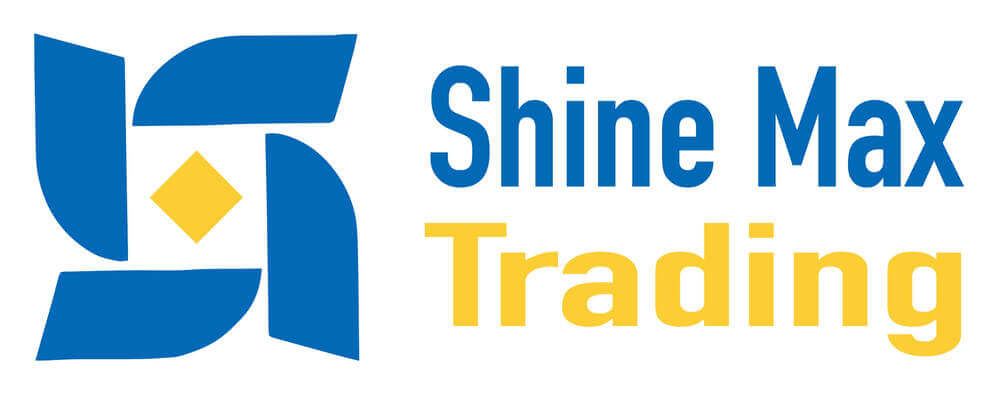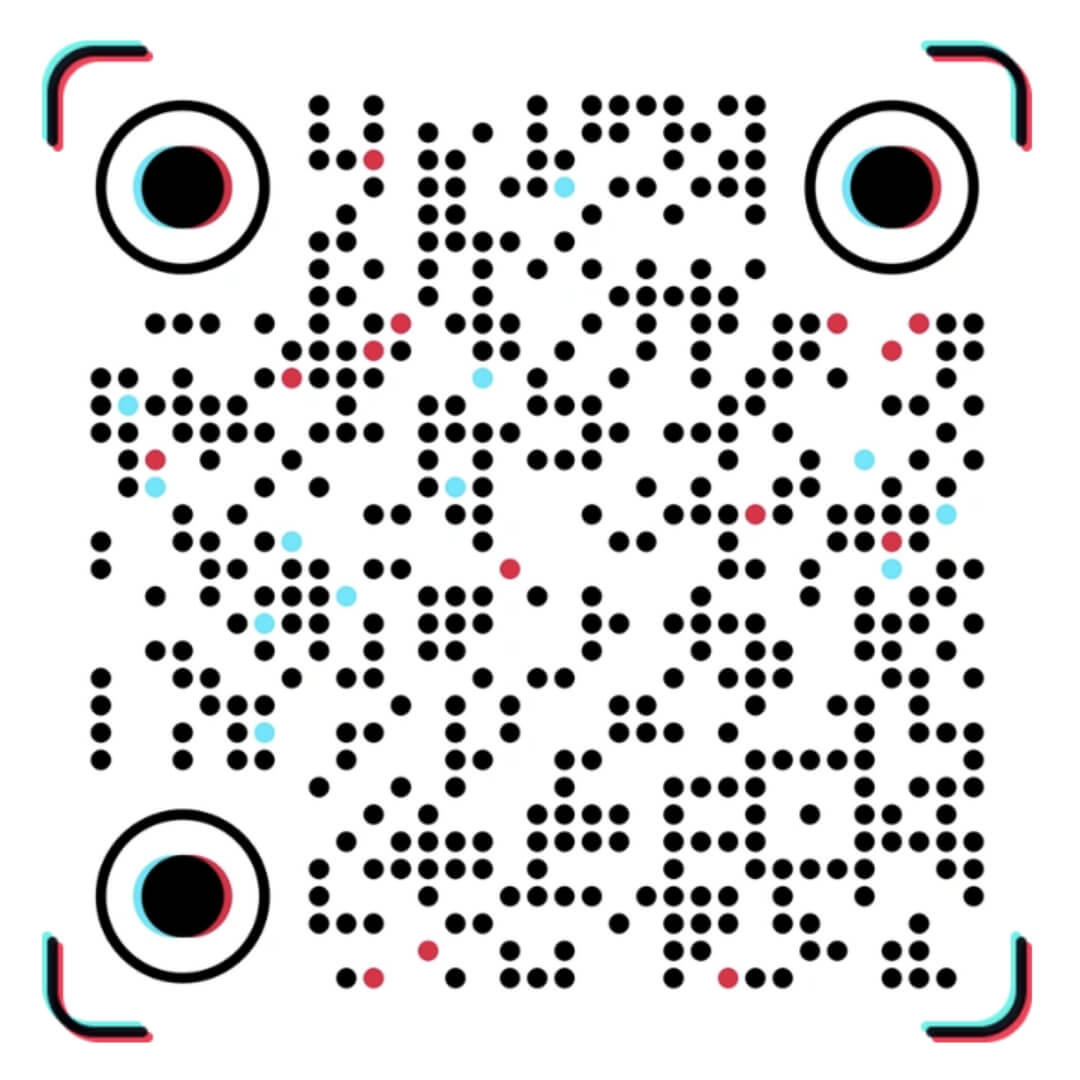
The Federal Reserve's Beige Book reveals the profound impact of Trump's tariff policies, including soaring prices, layoffs, and economic uncertainty reaching unprecedented levels. The report signals potential policy shifts as the Fed considers responding
The Federal Reserve's Beige Book report released on Wednesday (April 23) sends a strong signal: The Trump administration's tariff policy is triggering a chain reaction across the United States, with rapid price increases and a noticeable slowdown in economic activity. Based on surveys from 12 regional Fed banks, the latest report highlights that businesses and households are struggling to cope with the chaos brought by sudden trade policy changes. Economic uncertainty has surged to twice the level of the previous report (mentioned 80 times), with 107 direct references to tariff impacts.

Industry Alerts and Stagflation Clouds
Consumer Panic Buying and Price Chaos
The report captures pre-tariff "panic buying," where consumers rushed to purchase imported cars and other goods. However, this led to pricing chaos for businesses — machinery manufacturers in the Chicago Fed district were forced to adjust prices daily, coffee roasters in the Richmond Fed area faced "historic cost hikes," and metal sheet manufacturers fell into order shortages due to steel tariffs.
Investment Freeze and Undercurrents of Layoffs
Multiple regions experienced investment paralysis: A military equipment manufacturer admitted pausing investments due to an "overly chaotic" environment; the construction industry anticipates demand will plummet sharply due to tariff costs. More critically, both the Atlanta and St. Louis Feds reported companies planning layoffs, while the San Francisco Fed confirmed actual layoffs across various industries. The early signs of stagflation, characterized by rising wages and prices, began to emerge.
Regional Economies Slowing Down Collectively
Cleveland: Construction saw a brief boom but expects a "cliff-like drop" in demand.
Richmond: Businesses face "epic cost pressures" and order uncertainties.
San Francisco: Import price pressures spread across all sectors.
Conclusion: Fed Pauses, Rate Cut Expectations Rise
In response to this "tariff shockwave," the Fed chose to observe. Although the May meeting is likely to keep rates unchanged, markets are betting on rate cuts starting in June. The warning of "significantly deteriorated prospects" in the Beige Book, along with Powell's emphasis on the report, suggests a policy shift may occur sooner than expected. With mentions of uncertainty spiking to 80 times, the U.S. economy, once a speeding train, might be forced to pull the emergency brake.
















